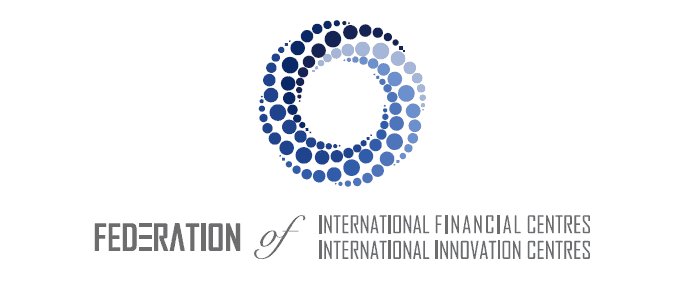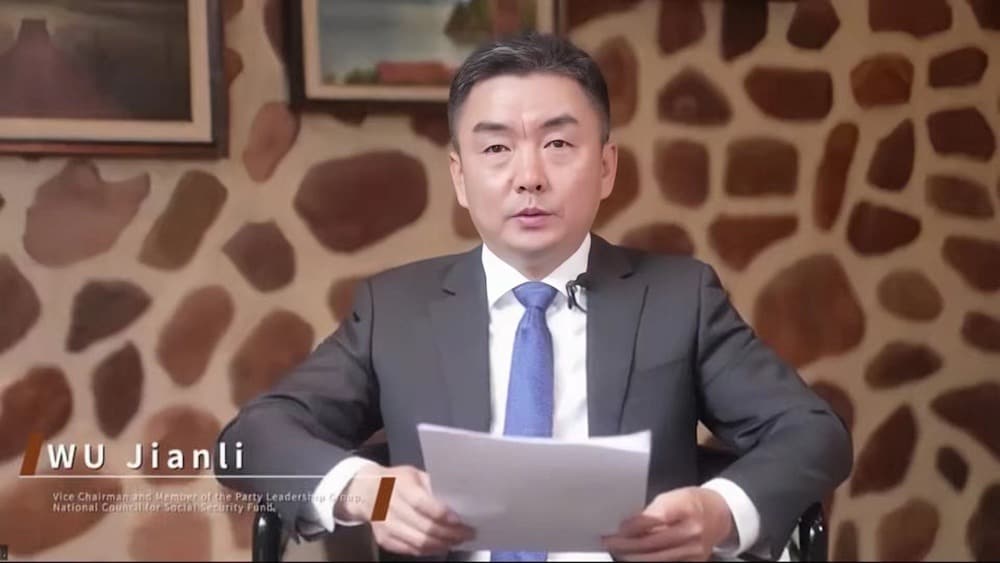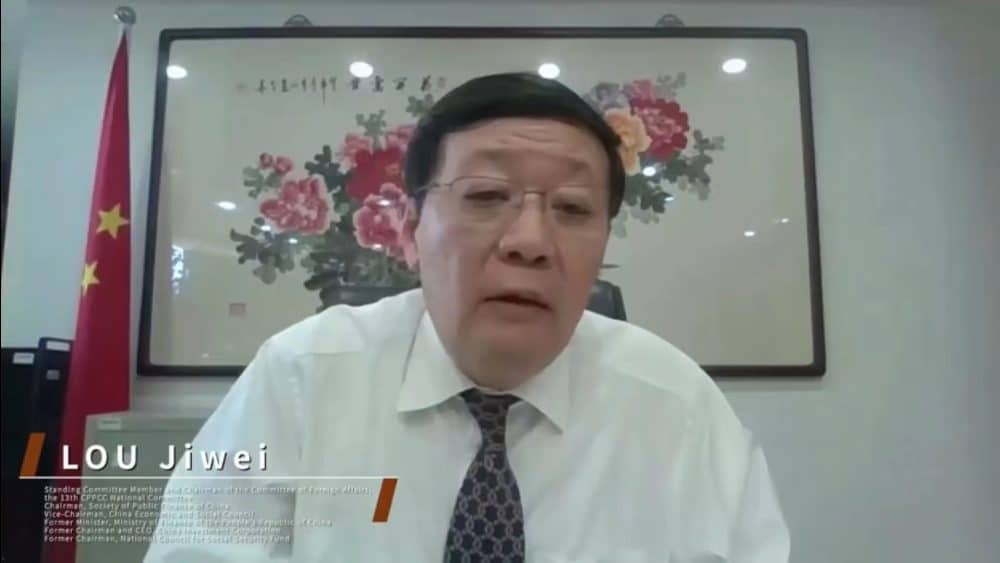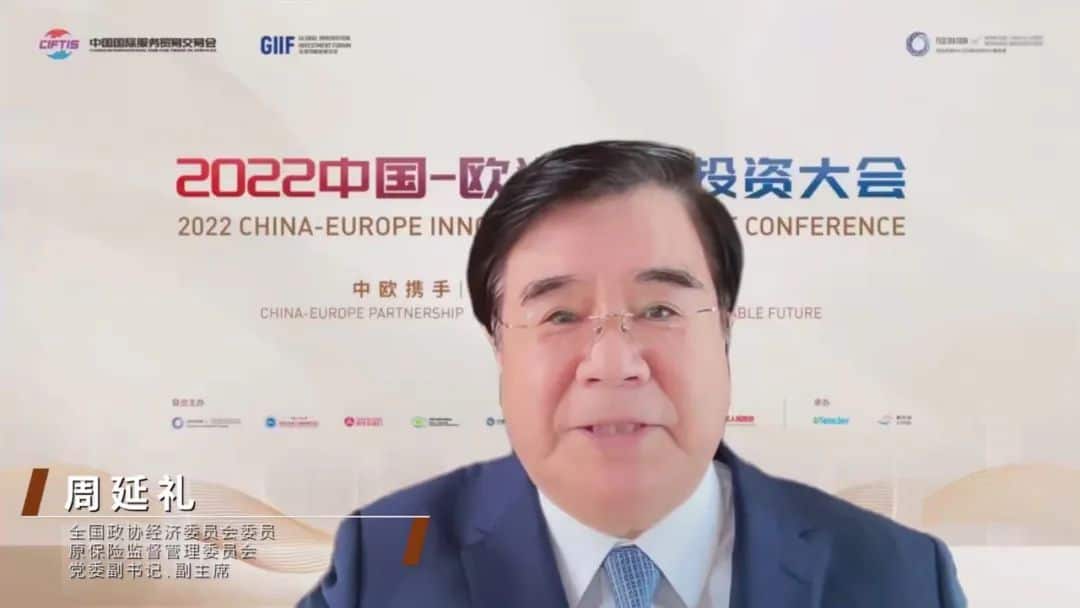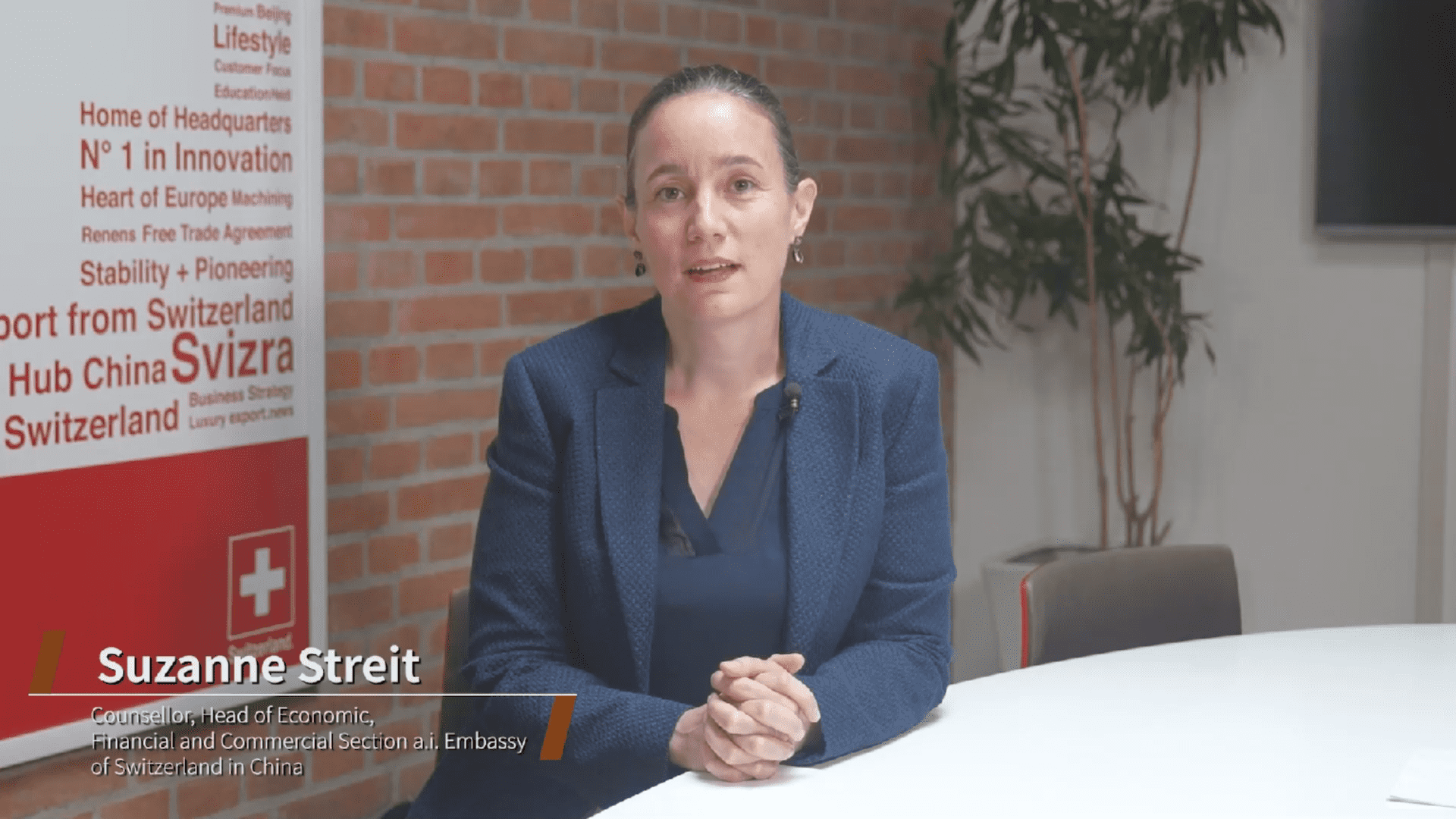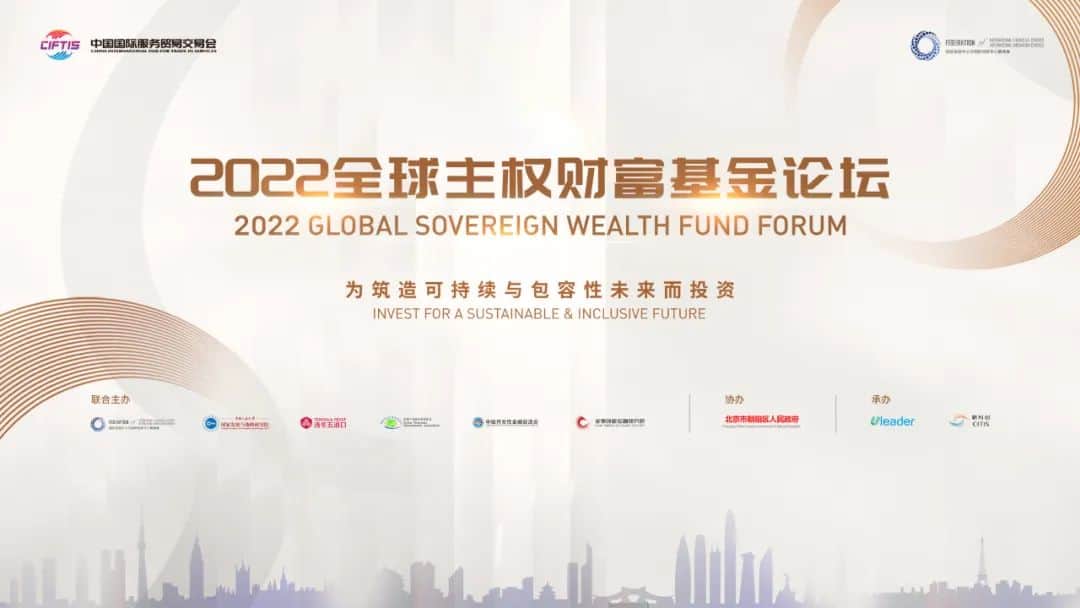

Nowadays, international tensions and their impact on trade and economic growth have never been higher. The evolution of relations between China and the United States, the renewed concerns about the economic and political stability of the Eurozone, and the failure of central banks in industrialized countries to control inflation, added up to a powerful cocktail of challenges to the world economy.
We live in a world of radical uncertainty and economic forecasts take no account of the possibility of a global pandemic.
Western central banks have put far too much weight on quantitative forecasts of growth and inflation. When we simply do not have the information necessary to make such forecasts, economists need to spend much more time asking the question what is going on in our economies, rather than focusing on forecast made by unrealistic models. Vaccines and new treatments have meant that severe illness and death is no longer an impediment to opening up our economies. Of course, none of us know what new variants may come along in the autumn and winter later in 2022 or 2023.
We live in a world of radical uncertainty, which has reduced investment in many parts of the world and has also dampened productivity growth. Without productivity growth, there can be no rise in living standards. So, what should we do today to improve this challenging, indeed, rather grim scenario?
We are about to face two major problems – inflation and the need to reallocate resources in all the major economies.
Inflation: Rethinking Central Bank Monetary Policy Assumptions and Impact Factors
In the industrialized world, central banks have been caught out by the sudden upturn in inflation. In the United States, CPI inflation is now 9.1%. The federal reserves preferred measure of inflation, core PCE inflation, as it’s called, inflation adjusted for energy and food prices, has now risen to its highest level in 30 years. And even in the euro area which has grown slowly, inflation has hit a record high of 8.6 %. And yet there, official interest rates are precisely zero. And around the world, inflation is what people are talking about. Central banks are very clear that they want inflation to fall back to the target of 2 %. But there is clearly great uncertainty about whether inflation will fall back to the target or remain above it.
For several years, central banks have been giving forward guidance that interest rates or remain close to or even below zero for the indefinite future. This policy starts relies heavily on the assumption that inflation is driven by expectations about inflation, and that in turn, central banks drive expectations. In other words, the assumption is that inflation in the long run is determined by the official inflation target, but a satisfactory theory of inflation cannot take the form: inflation will remain low because we say it will. A satisfactory theory of inflation must explain one thing: whether achieved directly through quantitative easing, printing money by central banks, or indirectly via changes in interest rates and their effects on the lending extended by the banking system, how these factors in the changing the amount of money in the economy affect the economy itself.
In the models that now dominate central bank thinking, inflation is pinned down by a central bank reaction function, which guarantees that interest rates or quantitative easing will be set to ensure that inflation returns to target. But in a world of radical uncertainty, when no one knows the true dynamics of the economy, we can’t be confident that central banks will, in fact, behave in a way consistent with hitting the inflation target. The central banks may make mistakes. Indeed, that’s exactly what’s happened in the past 2 or 3 years. And in such a world, expectations are too fragile to be a reliable anchor for inflation. The old idea that inflation reflects too much money chasing too few goods, as much more relevance, particularly in the past 2 years, than the view that it is driven solely by expectations.
In the United States, broad money, the amount of money held by businesses and households and families was rising at an annual rate of well over 20%. Last year, it’s fallen back since, and it’s possible to debate exactly how that rapid growth rate of money may translate into inflation. But the fact remains that we experienced a substantial increase in the growth rate of broad money. We are now experiencing a noticeable rise in inflation. Commonsense suggests that when too much money is chasing too few goods, the result is inflation.
It’s time to change policy and secure a more reliable intellectual anchor for inflation.
Resource Redistribution: Five Important Reasons
The second key issue facing our economies over the next decade is the need to shift resources from businesses and sectors where returns are low to businesses and sectors, where returns are expected to be higher. I think, there are five reasons for believing that a large reallocation of resources will be needed in all our major economies in the world.
First, the impact of Covid 19. The experience of Covid 19 has changed patterns of spending and hence output. Demand has shifted from services to goods. Some of that shift, business air travel, for example, may well persist. And in many countries, the impact of the pandemic has been that a significant number of people have left the labor force. The result has been a shortage of workers in many sectors, ranging from air transport to track drivers and staff in restaurants and hotels. Labor markets are now very tight in many countries, and that will not only make inflation harder to bring down but make it more difficult to reallocate resources from one sector to another.
Second, economic resilience. As we all have come to see that resilience is just as important as profitability for present companies. When an unexpected shock occurs, survival is more important than profitability. Just in time, supply chains will be complemented by more secure and probably domestic sources of supply. In the global financial crisis, industrialized countries learned that resilience of the banking sector is just as if not more important than profitability. And the pandemic has taught us that the same lesson applies to most other sectors in the economy that will lead to a wish to invest in resilience, and hence a change in the pattern of spending an output.
Third, the changes of public spending. After covid 19, there is great pressure to raise public spending on infrastructure, health care, public sector resilience in areas, such as energy supplies and cyber security, and measures to reduce inequality. That too will lead to a change in the pattern of spending.
Fourth, the measures to combat climate change are likely to lead to significant changes to the pattern of demand and production. The key to combating climate change will be innovation in the production of renewable energy, and the wish to make national energy supplies more self-sufficient, will also increase the demand for investment in measures to combat climate change.
Fifth, debt restructuring arrives. Before covid 19 outbreak, there was a longstanding need to rebalance the major economies to ensure that national saving rates were sustainable. Large differences in saving rates between countries led to trade imbalances. We’ve also seen that period of widely different saving rates have led to very low interest rates, adjusted for inflation. And that’s enabled zombie companies that can service their debt when interest rates are very low, but really can’t repay the principal of their loans. Those zombie companies will now start to have to close. We should expect around the world, a wave of debt restructurings of both companies, and also, in many cases, sovereign debt.
This last point is perhaps the most important one. Now, all five of these factors are going to change the pattern of spending and output.
Real interest rates that is interest rates after adjusting for expected inflation will have to rise from today’s negative values to much higher levels. But that rise in real interest rates will mean that asset prices relative to incomes will have to fall. Will this adjustment take the form of falls in asset prices or rises in incomes? In other words, inflation or some mixture of the two? A fall in stock prices, and the prices of almost all kinds of assets will pose a difficult challenge to the global economy as we adjust to a post-Covid era.
Let’s hope that governments and central banks around the world can rise to the challenge of ensuring prosperity in the years ahead. Many of these challenges will require greater understanding and cooperation between countries.
After the financial crisis, the G7 economies realized the importance of cooperation in managing the world economy. But the G20 has not been very successful in enhancing cooperation. Despite the rising tensions between the United States and China, the future of the world depends on greater collaboration between them to ensure the growth of prosperity of all countries in the world. The responsibilities of the United States and China are great, but the rewards are greater still.

Baron King of Lothbury
Former Governor of the Bank of England
Professor of New York University
Professor of London School of Economics

